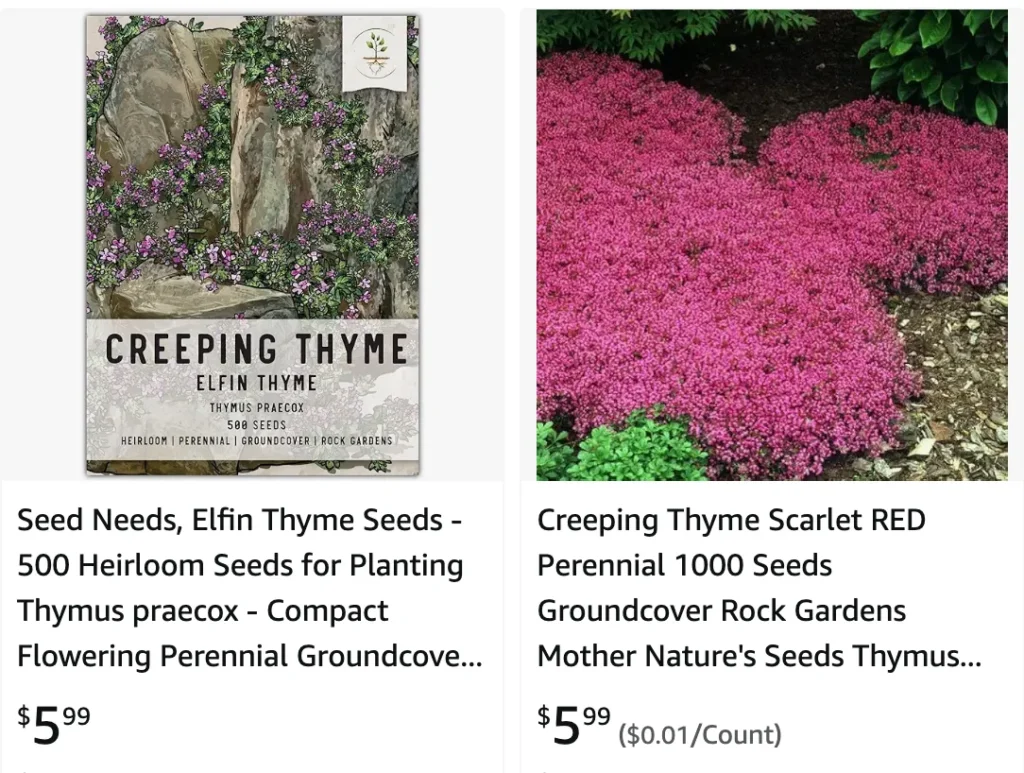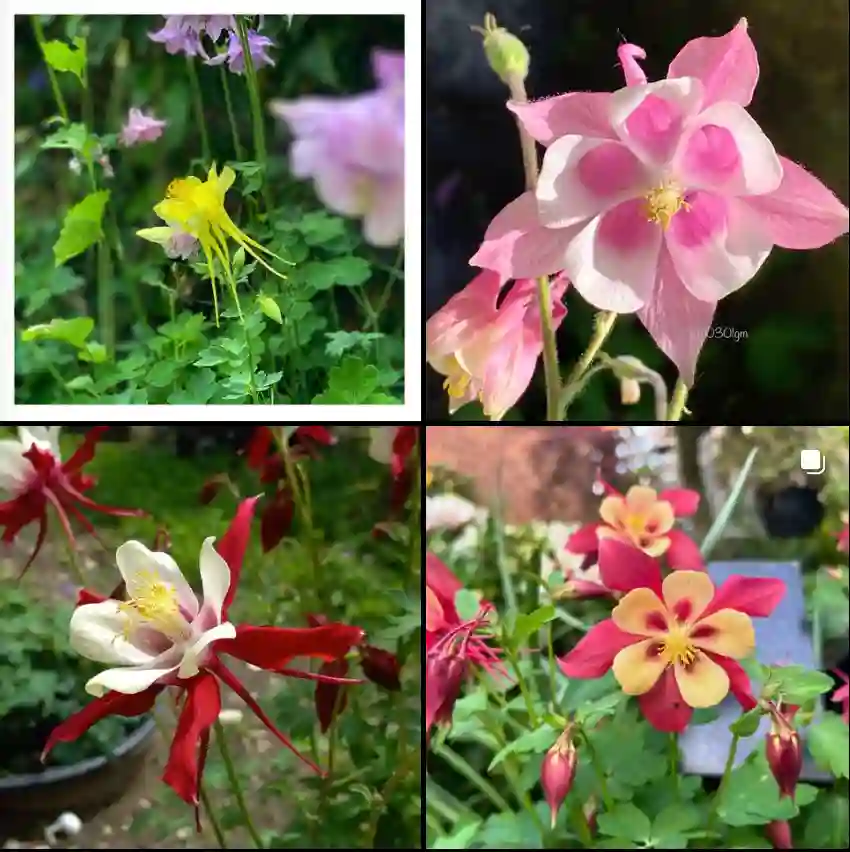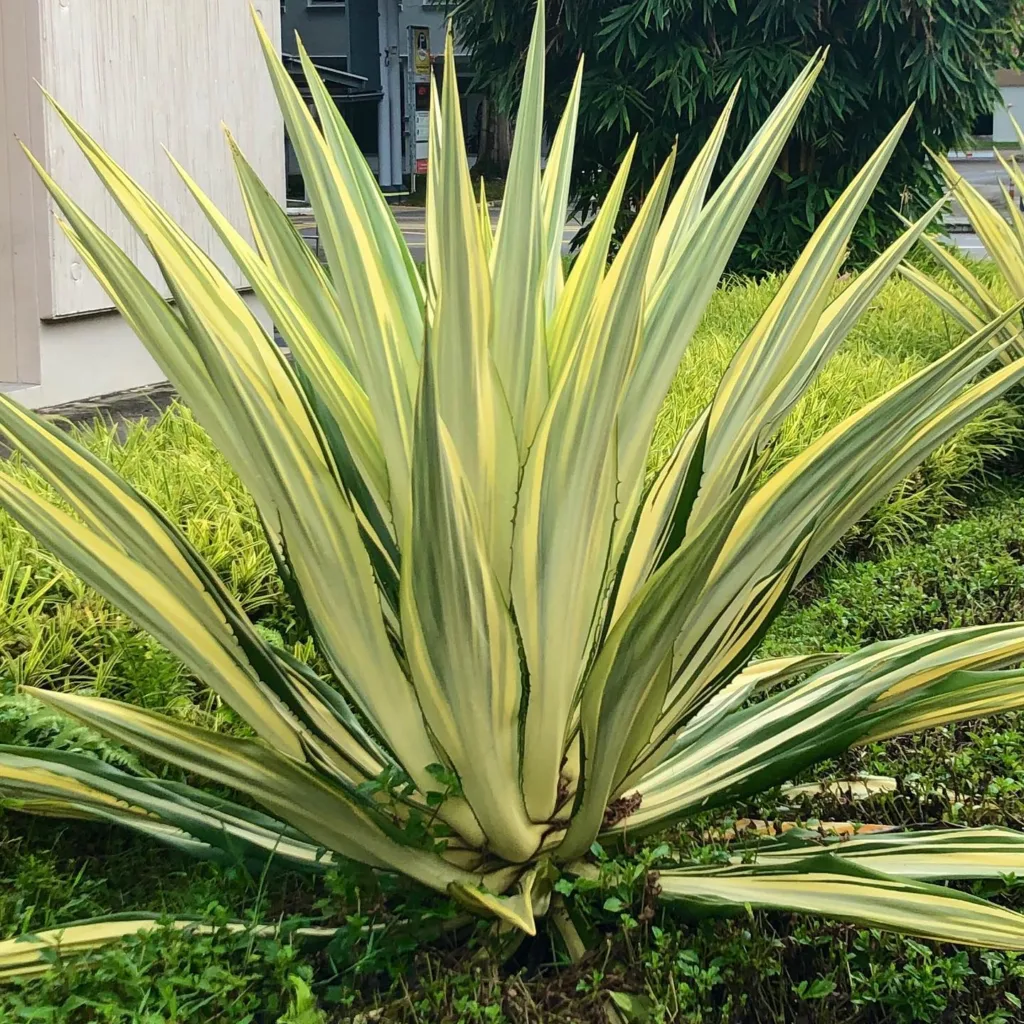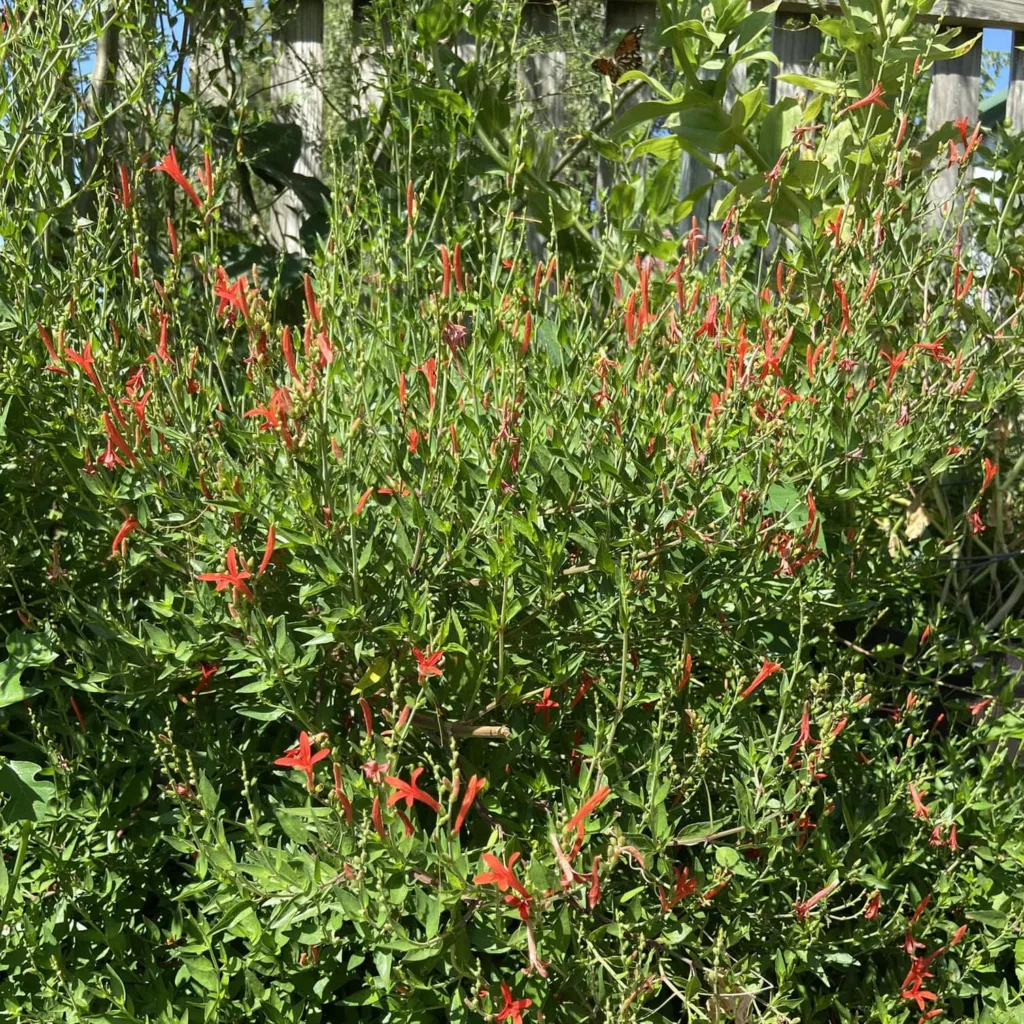
Thymus praecox: A Thyme to Add Charm to Your Garden
I’ve always been drawn to low-maintenance plants that pack a punch in the aesthetics department, and Thymus praecox, also known as Mother of Thyme or Pink Creeping Thyme, definitely fits the bill. This little gem of a groundcover hails from central, southern, and western Europe, and it brings a wealth of benefits to your garden beyond its delightful appearance.
357 Species in Genus Thymus
Thymus Praecox vs Thymus Serpyllum
I’ve grown both Thymus praecox and Thymus serpyllum in my garden, and I found Thymus praecox to be a bit more compact and easier to manage, while Thymus serpyllum spread out more, which gave me a fuller ground cover. I really enjoyed the rich aroma of both, but Thymus praecox seemed to hold its color better through different seasons, whereas Thymus serpyllum had a lovely, sprawling look that worked well in my rock garden.
How to plant and care for Thymus praecox?
Planting Thymus praecox is a breeze. They’re not fussy about soil, as long as it’s well-drained. In fact, they tend to thrive in drier conditions, so if you have a sandy or rocky patch in your garden that nothing else seems to like, Thymus praecox will be happy to call it home. Just pick a sunny spot – at least 6-8 hours of sunlight a day is ideal – and let this little creeper work its magic.
Here are some of my tips for keeping your Thymus praecox happy:
- Watering: Once established, Thymus praecox is quite drought tolerant. You won’t need to water it frequently, just a good soak every now and then, especially during prolonged dry spells.
- Feeding: While not essential, a light feeding in spring with a balanced fertilizer can give your Thymus praecox a little boost.
- Pruning: Thymus praecox is a naturally low-growing plant, but if you want to maintain a neat and tidy look, feel free to give it a light prune after flowering. You can also prune it throughout the growing season to encourage bushier growth.
Is Thymus praecox coccineus invasive?
No worries there! Thymus praecox coccineus, a popular cultivar with vibrant pink flowers, is not considered invasive. In fact, its creeping habit makes it a great choice for preventing weeds.
Can Thymus praecox coccineus be grown in Zone 9?
Absolutely! Thymus praecox, including the coccineus variety, is known for its adaptability. It thrives in zones 4 to 9, so if you’re in Zone 9, you can definitely enjoy this little charmer in your garden.
Can Thymus praecox coccineus handle the freeze?
Thymus praecox is a tough cookie. It can withstand freezing temperatures down to around -20°F (-29°C). So, even if you experience occasional freezes in your Zone 9 garden, your Thymus praecox coccineus should come back strong in the spring.
Can Thymus praecox elfin tolerate foot traffic?
Thymus praecox varieties, like the elfin thyme, can tolerate light foot traffic. However, keep in mind that constant trampling can damage the delicate stems and leaves. It’s best to plant Thymus praecox in areas where foot traffic is infrequent, or use stepping stones to create a designated walking path.
Is Thymus praecox edible?
Yes! Thymus praecox is part of the mint family, and its leaves are edible. They have a similar flavor profile to common thyme, with a slightly peppery kick. You can use the fresh or dried leaves to add fragrance and flavor to your culinary creations.
Adding Thymus praecox to Your Garden Design
Thymus praecox’s versatility makes it a fantastic addition to various garden features. Here are some ideas to inspire you:
- Groundcover: As its name suggests, Thymus praecox is a fantastic creeping groundcover. Plant it along walkways, borders, or around stepping stones to create a fragrant and visually appealing carpet.
- Rock gardens: Thymus praecox thrives in dry conditions, making it a perfect companion for rocks and succulents in your rock garden.
- Containers: Thymus praecox can add a touch of green and fragrance to your patio or balcony container plantings. Just ensure the pot has good drainage holes.
Beyond its ornamental value, Thymus praecox also attracts beneficial insects like bees and butterflies to your garden, promoting a healthy ecosystem. So, if you’re looking for a low-maintenance, attractive, and fragrant addition to your garden, Thymus praecox is an excellent choice. With a little planning and care, this little creeper will reward you with a beautiful and functional garden element for years to come.
If i die, water my plants!



